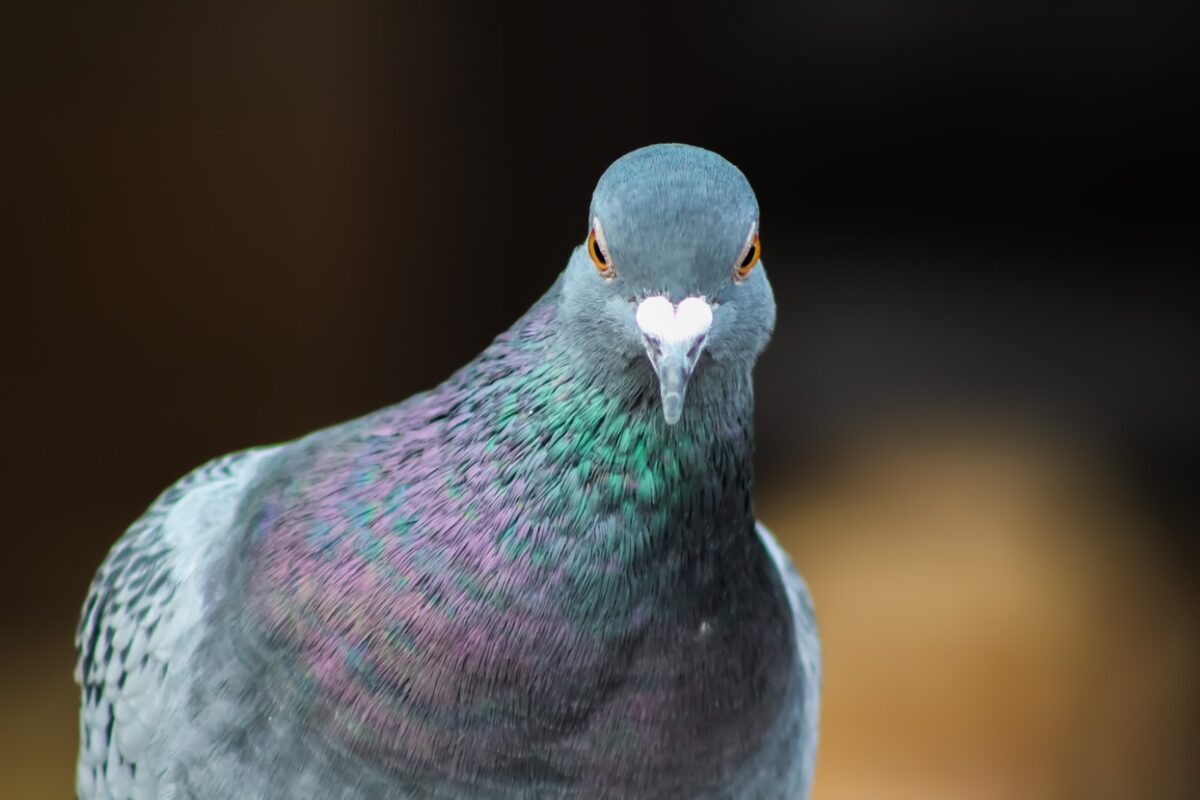What is it with pigeons bobbing their heads? Are they dancing to the rhythms of nature? Are they enjoying their time? Are they trying to entertain us?
The answer is simple – none of the above. Head-bobbing has a scientific explanation. It turns out that pigeons have to bob their heads to be able to observe their surroundings, maintain their vision constant, keep their balance, and perceive depth.
As such, while it may be funny for us to observe a pigeon bobbing its head while walking, we must understand that this behavior ensures its survival. It helps the bird find food, as well as protect itself from predators and other dangers.
But what exactly is head-bobbing? Is it really a forward-backward movement? You’ll be surprised by the answer, so keep reading to discover it! Additionally, we’ve included some other reasons why birds bob their heads!
Table of Contents

What Is Head-Bobbing?
Before discussing the reason behind pigeon head-bobbing, let’s clarify what exactly head-bobbing is.
Scientists define it as an alternation between the thrust phase and the hold phase.
Now, the thrust phase is a rapid forward movement.
The hold phase, on the other hand, is a pause during which the head is not moving, and the bird tries to intercept and observe its surroundings. The body then catches up with the head.
Afterward, the process is repeated. Head-bobbing movements are synchronized with leg movements.
Why Do Pigeons Bob Their Heads?
It has been proven that pigeons bob their heads to maintain their vision constant. As such, during the hold phase, the pigeon stabilizes the image of its surroundings on the retina, which helps the bird identify objects.
The thrust phase, on the other hand, improves monocular depth perception, meaning that the bird can perceive the distance to objects. Additionally, head-bobbing helps with maintaining balance.
Besides stabilizing visual surroundings, head bobbing may also help identify food on the ground while foraging or detect/sense any predators.
It’s important to mention that pigeon eyes are different from human eyes in the fact that the eyeballs are fixed within the eye sockets.
So to perceive their surroundings, pigeons must move their heads.
On the other hand, if they fix their eye on something, the head must be kept still, even though the body is moving.
Can Pigeons Walk Without Bobbing Their Heads?
Some studies have shown that pigeons and other birds bob their heads only when the surroundings are in motion.
During the experiment, some pigeons were placed on treadmills and observed whether they would exhibit the same movements.
The scientists were surprised to see that the pigeons did not move their heads, indicating that they can walk well without bobbing their heads if their surroundings are constant.
Other Birds That Bob Their Heads When They Walk
You’re probably not surprised to learn that chickens also bob their heads when they walk. If you’ve ever seen one, that’s not news, as the movement is quite noticeable and characteristic of them!
Cranes have also been observed moving their heads forward while walking. When they forage for insects, the heads are slightly lowered, and they slowly move forward. At the same time, the birds use their bills to probe for food.
The same pigeon-like head-bobbing is known in magpies and quails.
Why Do Other Birds Bob Their Heads?
While some birds bob their heads while walking, others use these movements to achieve different goals.
Ducks, for example, engage in head-pumping behavior as part of courtship display. Both males and females bob their heads rhythmically right before mating.
Northern flickers, on the other hand, have been observed bobbing their heads for territorial purposes.
Two particular individuals were once noticed facing each other in a chokeberry tree. One bird was positioned higher than the other, and they both started bobbing their heads simultaneously.
The superior bird leaned forward and pointed its bill, while the inferior one withdrew. Then, the action was reversed.
This head-bobbing behavior was repeated 4-6 times, upon which both birds stopped moving for approximately 20 seconds. Then, the whole territorial display was repeated several times.
